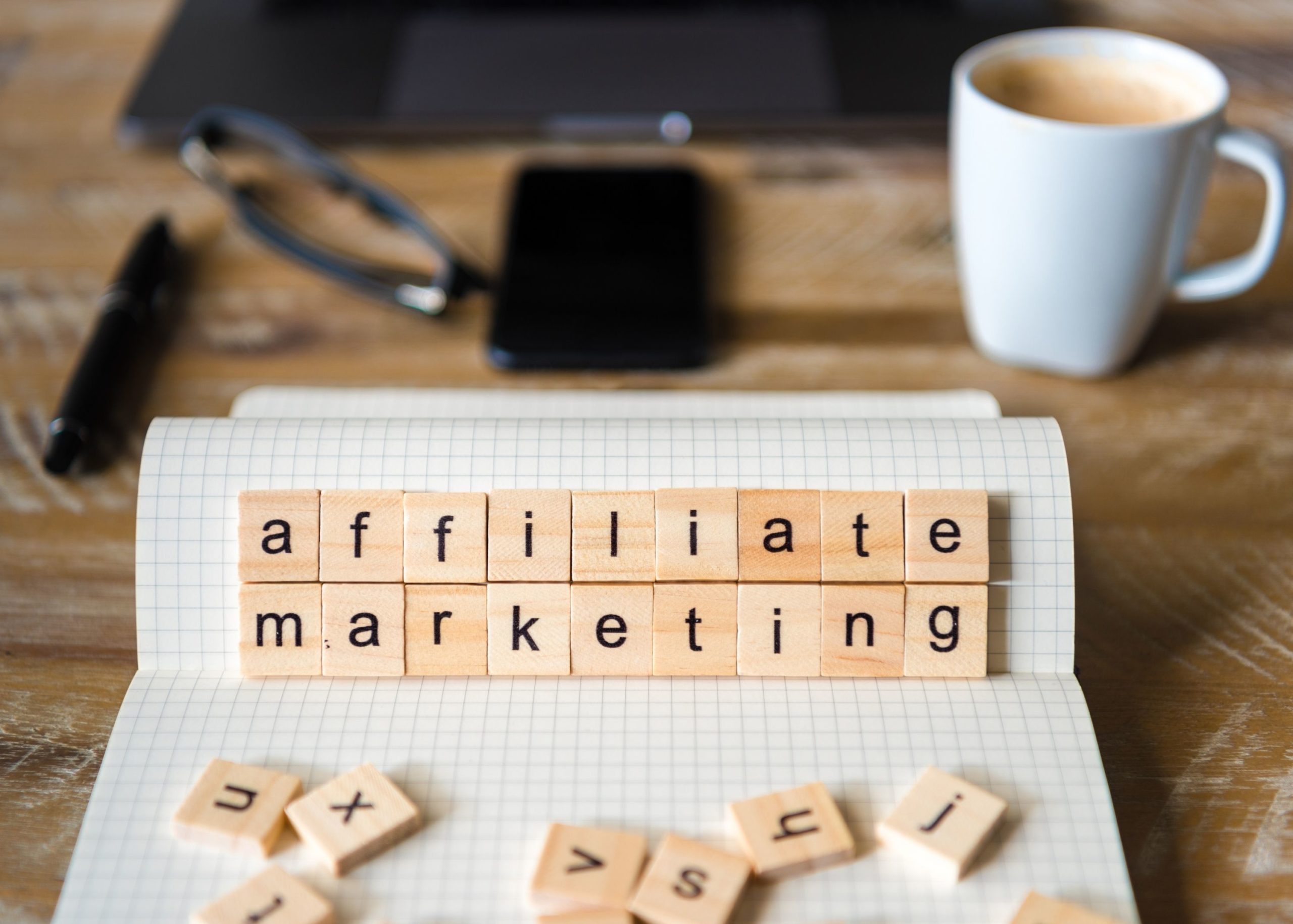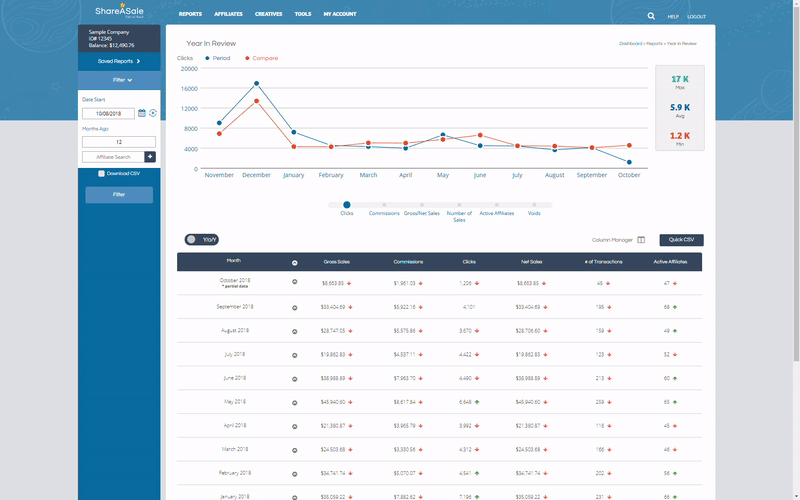As technology continues to advance, the role of artificial intelligence is growing more prevalent across industries – and public relations is no exception. The question at large amongst industry leaders seems to have evolved from “Is this something we should be afraid of?” to “How can we use this technology to our advantage?”
Embracing the Future and the Power of AI
Over the past few months, I’ve attended webinars, conferences and consumed any written materials available to me in an effort to educate myself on this topic. “It’s not going away” has been the sentiment most widely echoed across all of these sources, so with that in mind, I’ve set out to discover the ways in which I can embrace the power of AI within my own role and how other team members at Segal Comms can do the same.
Real-World Use Cases
AI in Public Relations
The most obvious use case is that of generative AI. Drafting written materials is a central responsibility for any PR professional, and for many can be one of the most arduous efforts the profession requires. Even the most innately talented writers still experience the dreaded writer’s block and inevitable fatigue when writing often enough. Generative AI readily eases this burden: by generating ideas for the topic or title of a written piece, it can be a great tool to get the creative juices flowing. In fact, I used Grammarly’s generative AI tool, GrammarlyGO, to inspire the title and theme of this blog.
The consensus amongst the PR community regarding generative AI seems to be that its use is acceptable and even encouraged when it’s viewed as one of many tools in a practitioner’s toolbox, with the stipulation that its use, and in what capacity it was used, is disclosed. PR professionals are still expected to intervene with the technology and ensure that the materials they produce are up to industry standards. The current capabilities of generative AI still require human intervention regardless – as it was explained by a presenter at the From Day One conference I recently attended in San Francisco, generative AI can get the job done 90% of the way at its best, but will still require a minimum of 10% human intervention. Like many things, generative AI is as good as you train it to be. The more comprehensive information and thorough feedback you provide, the better the quality of work generative AI can produce.
AI in Business Operations
Beyond writing, AI can also be used to streamline business operations such as recruiting and hiring. The founder of RecruitBot was a presenter at the From Day One conference and shared about how the platform employs machine learning algorithms to identify qualified candidates and expedite the hiring process. Rather than spending hours combing Linkedin for suitable candidates using arbitrary search parameters, the technology now exists to have a bot present us with much more relevant candidates in much less time. Similar to generative AI, the results produced by a platform like RecruitBot will be as accurate as you’ve trained them to be with the platform’s machine learning algorithm working to continuously improve output over time as it learns your preferences.
Parting Thoughts
These are just two use cases demonstrating how AI can be employed in the workplace, but as many are now learning the ways in which this technology can be employed are vast and rapidly evolving. It’s inevitable that the future of communications and various other industries alike will involve a greater reliance on AI-powered tools, so it’s wise to start exploring and mastering these tools now. While these tools can be incredibly useful, it’s important to remember that they should be regulated with human intervention. By using AI in conjunction with human expertise, businesses can ensure they are as efficient and effective as possible by making use of all the tools available in their toolkit.
Let us take your brand’s visibility to the next level. We’re here, ready to help your company showcase your “why” and share it with millions of people.








Recent Comments